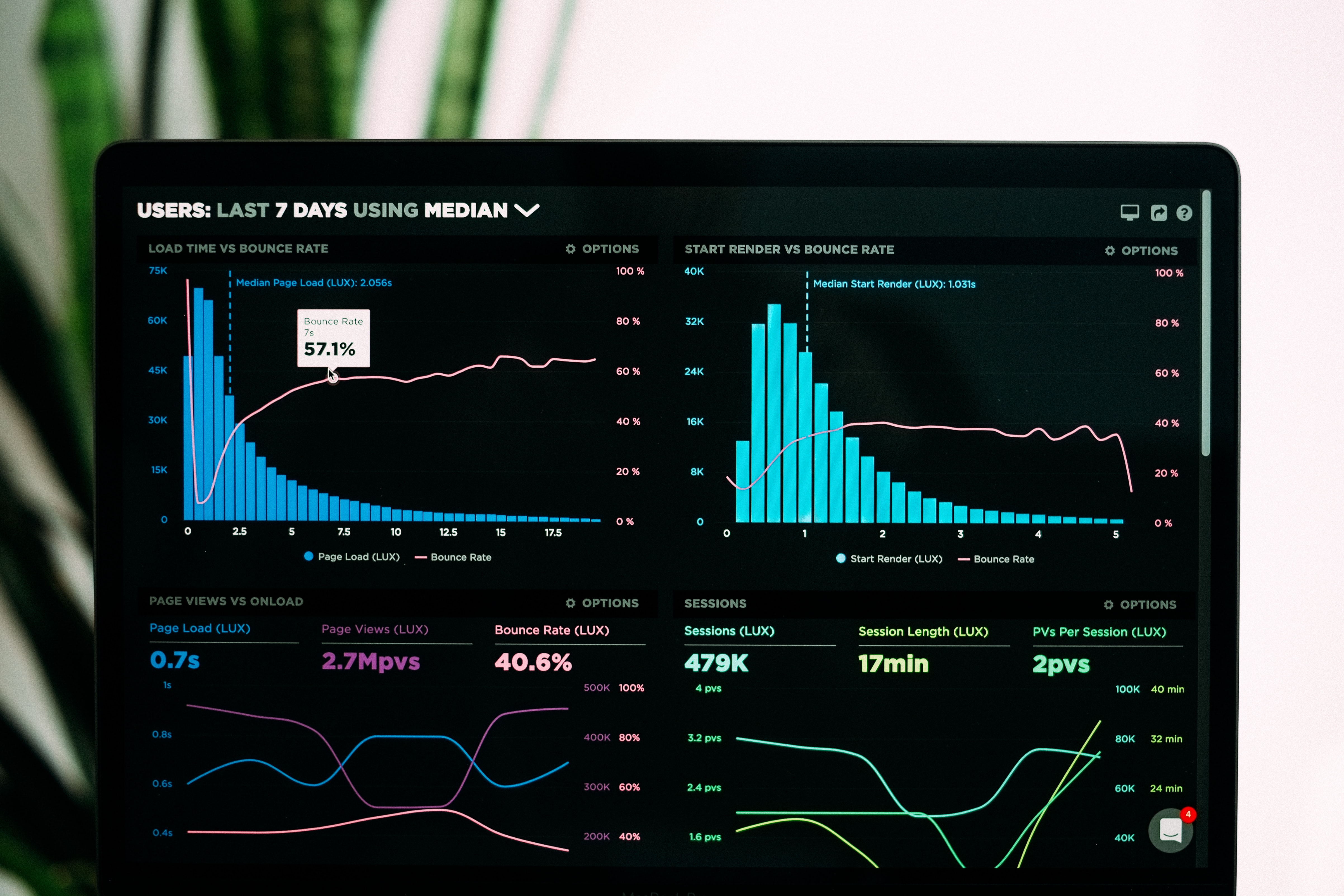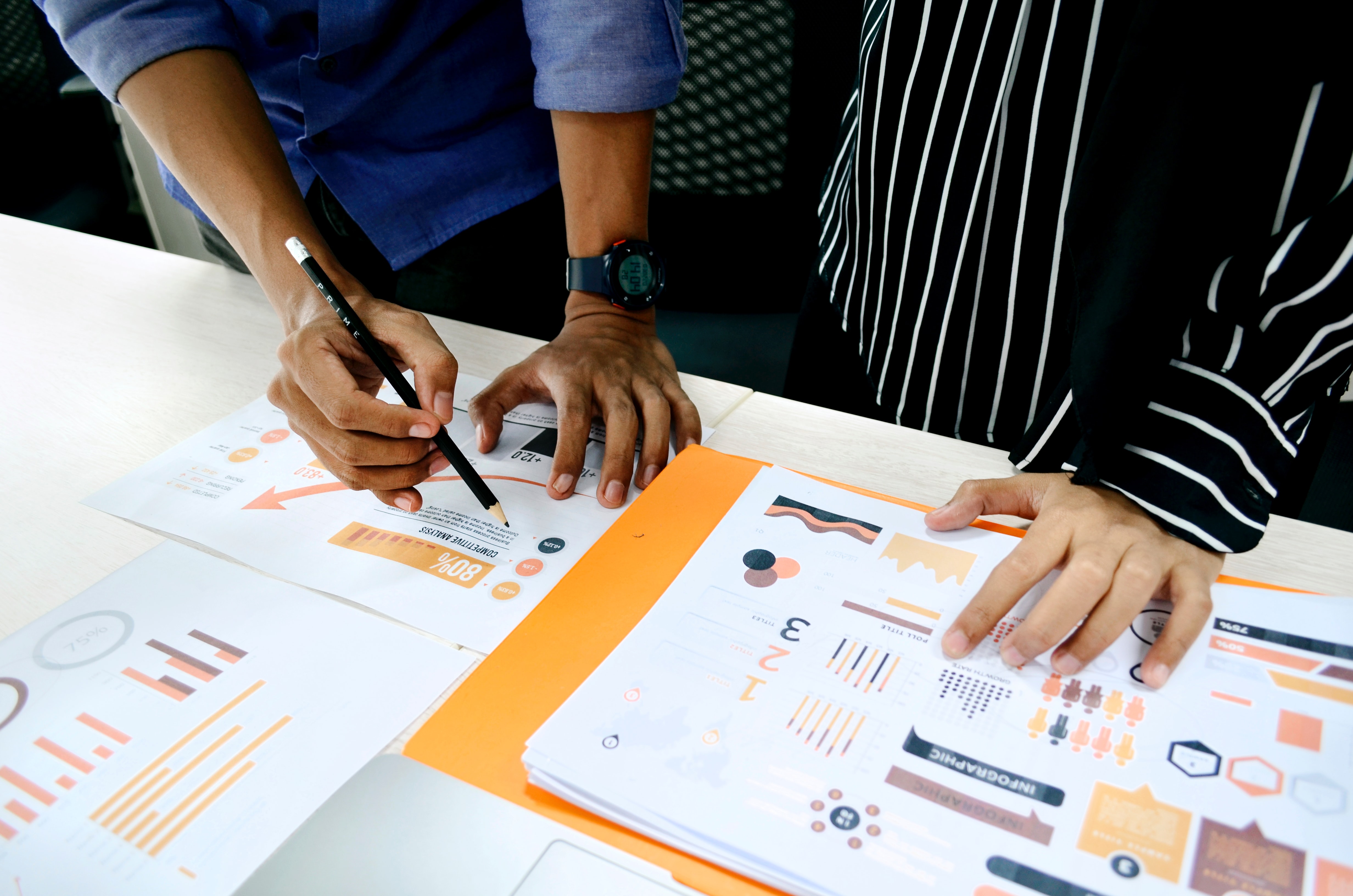Putting users at the heart of information management
Infodesk, an information management company, reached out to us to help them discover what their digital product would look like with a deeper user-centric approach. Through a Design Sprint - and later, UX/UI iterations - we helped them develop a product that is sure to win their users over.spans their services across a growing number of Latin American countries. A 30+ years old company, they saw the potential of technology to help them radically transform their offering with the end goal of achieving exponential growth.


The challenge
Outcomes
Infodesk learned the process of conducting a complete Design Sprint for future iterations
They also gained a deep understanding of their users and incorporated practices to conduct user research.
We designed the UX that users will now have when they interact with Infodesk’s main product.
Our process included a triple user validation to ensure we are delivering value and impact. We did it in three stages, with over 80 designed screens.
All of this work saved a lot of time and effort that would otherwise be used towards developing features and ideas that won’t resonate with Infodesk’s users.
We finished the process by crafting the UI for the revamped version of Infodesk’s main product, focusing on usability and streamlined design.
Project Breakdown
Team:
1 Product Manager and facilitator
1 UX/UI designer
1 co-facilitator
Duration:
1 week for Design Sprint
3 weeks for UX/UI iterations
1 week of refinements
Tools:
Figma, Miro, Zoom



Understanding our customer is just the first step

Building a shared vision
Then, we held a Design Sprint.
This increasingly popular technique crams a series of activities that go from problem to idea to prototype to user testing in just one week (you can read more about it here). During the 5 days of the Design Sprint, we worked together as one team to map, sketch, decide, prototype and test different concepts for our revamp.
This marked a very important milestone for the Infodesk team, who had never tested a prototype with real users before launching a new feature or change. And once feedback started pouring in, we launched the second phase of our work together: iterations.
The results of our Design Sprint were what in the industry we like to call a flawed success. We decided to discard the ideas that didn’t perform well in the testing stage, but found many of them that held value for Infodesk’s users.
Insight that becomes foresight
After the Design Sprint, we worked together on its findings for three weeks. Iterations of UX/UI design meant we created and tested over 80 interlinked Hi-Fi screens that we tested with actual users for Infodesk’s revamp.
During those three weeks we iterated, expanded and tested a number of ideas and features. Some of them were a result of cross-pollinated research from platforms and disciplines that at first sight are completely different to Infodesk, but on a deeper level serve similar purposes as information hubs.
Based on conversations with Infodesk’s users, we kept some of those ideas as designed, we let go of others, and modified the remaining ones to help them become more suitable to the final users’ everyday lives and workflow, and integrable with tools of their trade.
What’s interesting about this process is that we were able to complete a total of three user testing rounds, furthering our visibility on acceptance and appropriation of the new Infodesk revamp.
A new experience
We're proud of helping Infodesk discover the value and richness of user testing activities from our role as thinking partners.
Once we collected, analyzed and prioritized the information we gathered, we created a new experience for Infodesk that respects and prioritizes the findings we obtained through users. This included a new Design System based on their current branding, a series of components developed from scratch for their users’ needs and goals, and the complete UI for their star product.
But above all, it implies a new, improved and human-centric approach that will be an important part of Infodesk’s success. Through the focus, alignment and shared understanding, Infodesk reduced its uncertainty and risks that come with every product revamp process.
The validations we obtained from users play a key role, supported by a UX quality process that’ backs the definition of a clear roadmap for future iterations.

Our role as thinking partners
These are the things that we do once we commit to being your thinking partner. We’ll ask questions about why you do things, we’ll dive into the assumptions that have lead you there, and we’ll help you tackle challenges one edge at a time, while helping you materialize your ideas. Our framework helps us find collaborative ways of thinking and detecting improvement opportunities.









